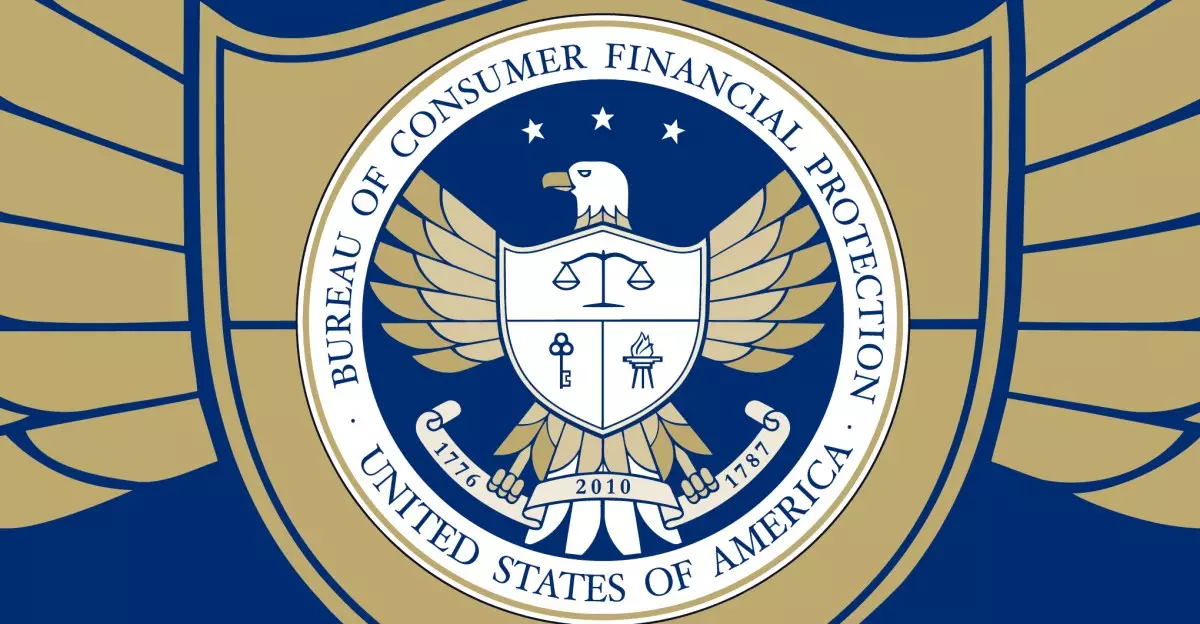The recent turmoil at the Consumer Financial Protection Bureau (CFPB) exemplifies the challenges faced by federal employees amid bureaucratic upheaval. Following a controversial wave of firings that appeared abrupt and unfairly executed, some employees have been placed on administrative leave. Ironically, these workers, stripped of their roles, still find themselves anchored by the complexities of government policy. For many, returning to work is overshadowed by the uncertainty surrounding their status, as they navigate a maze of bureaucratic reinstatement processes.
The reinstatement of these employees, however, is fraught with complications. The court mandates designed to restore affected workers can seem like a patchwork solution. While the reinstated employees have been told their compensation and designated roles are being reinstated, many grapple with the reality that they remain on administrative leave. This paradox paints a rather murky picture: they are recognized as employees but lack access to their essential work tools. Thus, a curious question arises—what is the true value of such reinstatement if it does not come with the ability to be productive or effectively contribute to the agency’s mission?
The Role of Institutional Leadership and Governance
The leadership dynamics at the CFPB provide an interesting backdrop to these events. The context in which these operational shocks occurred includes the shadow of Elon Musk’s Department of Government Efficiency, which has been accused of methodically dismantling key governmental functions under the guise of efficiency. It raises a profound concern about the ethical responsibilities of leadership in maintaining a stable workforce. When nearly 200 employees are let go without much ado, the implications ripple through the agency and extend well into public trust in government.
Adam Martinez, the acting chief human capital officer at the CFPB, took a step towards ameliorating this crisis by acknowledging the difficult landscape of agency morale while encouraging hope for a more measured approach from new leadership. This discourse creates a critical juxtaposition between the urgency of reinstatement and the underlying fear that bureaucracy may still perpetuate instability. While Martinez invites acknowledgment of receipt of his communication, it’s essential to question what this gesture signifies in a broader context. Can such measures genuinely restore faith in leadership, or are they merely a band-aid over a more systemic issue?
Legal Complexities and Labor Rights
The intricate legalities surrounding the reinstatement of federal workers also merit discussion. Under judicial supervision, around 70 probationary employees have been brought back to their roles, but the conflict of interests remains a key topic. What appears fundamentally flawed is the manner in which term employees were also reportedly terminated without due process, with the courts now acting as the guardians of job security. This emphasizes the importance of union representation, especially as the union argues that the Trump administration had ulterior motives in attempting to shutter the CFPB altogether.
The question of labor rights is crucial herein; do workers truly benefit from reinstatement if they are still shackled by poorly defined roles and responsibilities? Legal mandates fail to address the psychological toll these experiences wield over employees. Being reinstated may only serve as a temporary respite, rather than a holistic resolution to their existential workplace concerns.
Prospects for a Reinvigorated Workforce
In the wake of ongoing developments, one cannot ignore the potent phrase floated by agency insiders that “there’s hope.” Indeed, amidst chaos, it is this flickering possibility of restored operational integrity that many employees cling to. While the environment remains contentious and fraught with uncertainty over job security, a return to functionality depends on institutional commitment to transparency and encouragement of worker engagement.
This conundrum exemplifies a broader lesson about governmental structures: resilience, fairness, and a respect for human capital should be at the forefront of policy implementation. As the CFPB endeavors to navigate through this crisis, it becomes a litmus test for how agencies can realign their priorities and reaffirm their purpose. As employees look towards their collective future, the intersection of hope, determination, and dignity must prevail in reshaping the narrative around governance in disarray.


Leave a Reply